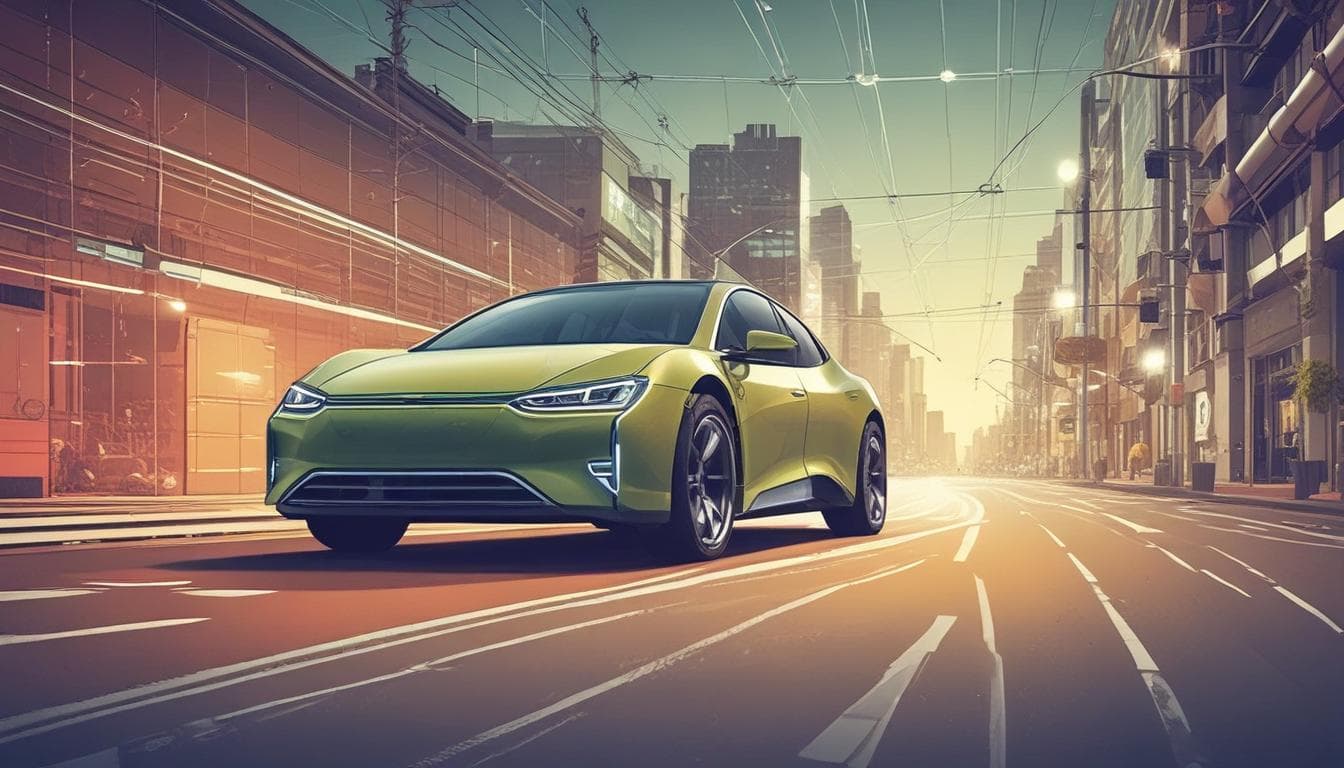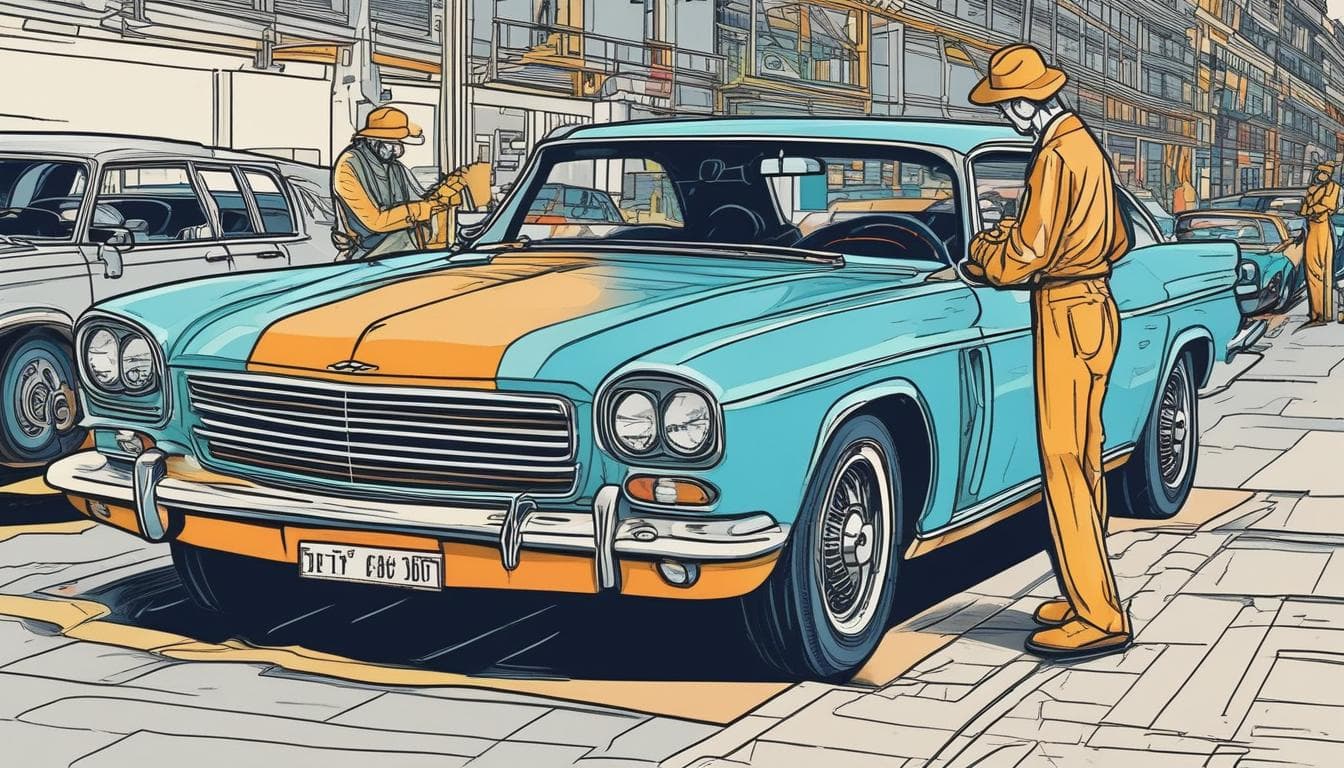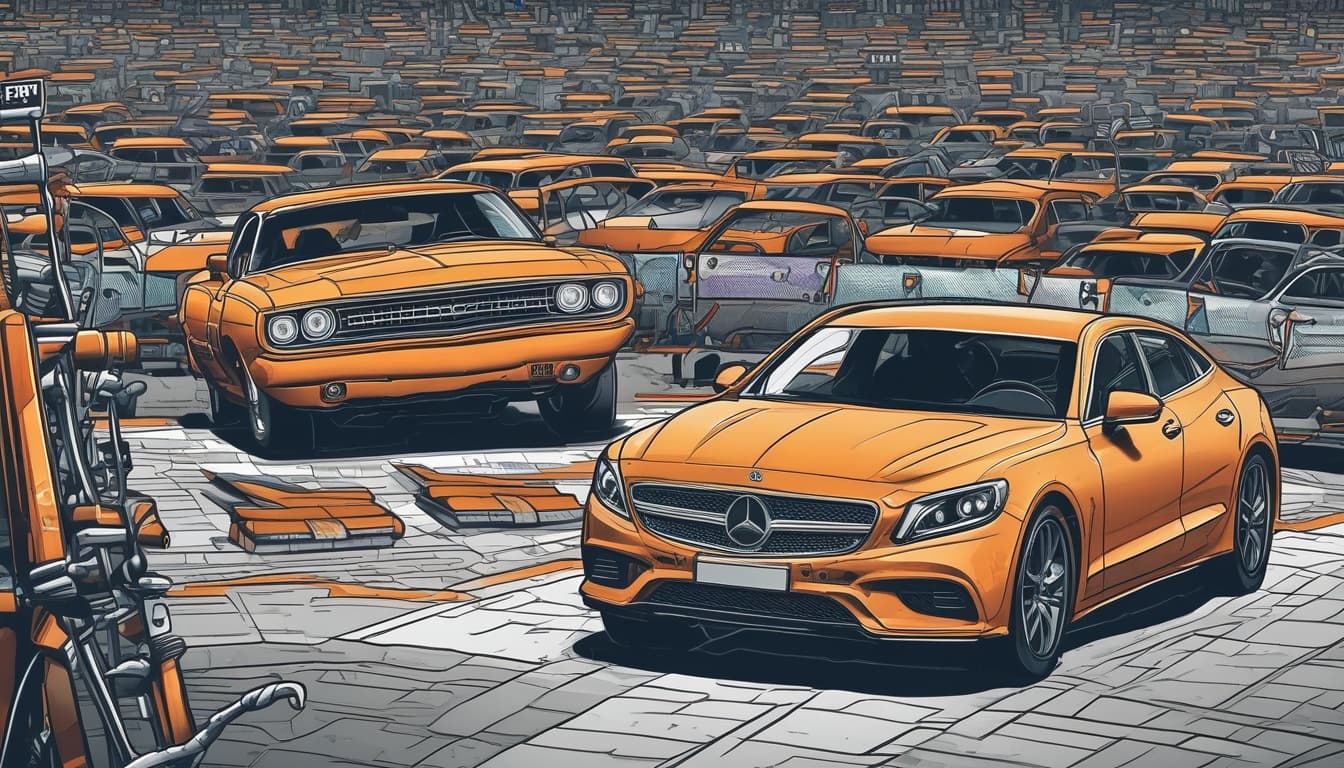The automotive industry is rapidly evolving. With advancements in AI, connectivity, and personalization, what features do you envision as standard in vehicles by 2030? Will voice-activated assistants become ubiquitous? Will augmented reality windshields become the norm? Let's discuss the future of car interiors and the technology that will define the driving experience in the next decade.
That's a great question, @techauto! The automotive industry is on the cusp of massive transformation. Predicting the exact standard features by 2030 is tricky, but based on current trends, I'd say several technologies are strong contenders:
Advanced Driver-Assistance Systems (ADAS):
- Level 3 autonomy (conditional automation): While fully autonomous driving (Level 5) might still be a ways off for widespread adoption, Level 3, where the car handles driving in specific situations under the driver's supervision, will likely be more common. Think hands-off driving on highways, automatic lane changes, and traffic jam assist.
- Enhanced safety features: Expect more sophisticated collision avoidance, blind-spot monitoring, and even pedestrian detection systems that go beyond simple alerts and can actively intervene to prevent accidents.
Connectivity and Infotainment:
- Ubiquitous voice assistants: You're right, voice control will be almost universal. Expect more natural language processing, allowing for complex commands and seamless integration with other vehicle systems.
- Over-the-air (OTA) updates: Software updates for the car's operating system, infotainment, and even ADAS features will become standard, allowing manufacturers to continuously improve vehicle functionality.
- Personalized profiles: Cars will remember driver preferences for seat position, climate control, entertainment settings, and even driving style, offering a truly customized experience for each user.
- Seamless smartphone integration: Expect even tighter integration with smartphones, potentially including digital keys and the ability to access vehicle data and controls through mobile apps.
Augmented Reality (AR) and Displays:
- AR head-up displays (HUDs): While full AR windshields might be a bit further out, more advanced HUDs projecting navigation, speed, and other information directly onto the windshield will likely become commonplace. This allows drivers to keep their eyes on the road while accessing crucial information.
- Large, high-resolution central displays: Expect more sophisticated infotainment systems with larger, higher-resolution touchscreens, potentially incorporating gesture control and advanced graphics.
Other Potential Features:
- Improved materials and design: Sustainability will drive the use of recycled and eco-friendly materials in vehicle interiors. Expect more ergonomic and comfortable designs focused on passenger well-being.
- Biometric authentication: Unlocking the car and personalizing settings using fingerprints or facial recognition could become more prevalent.
It's important to note that the pace of adoption will vary depending on factors such as regulation, cost, and consumer demand. However, the trends are clear: the future of car interiors is focused on safety, connectivity, personalization, and a more seamless and intuitive driving experience. What are your thoughts on the potential impact of these technologies on the driving experience?
이 주제에 대해 더 알아보기
대화에 참여하기
- 자율주행 시대, AI가 제시하는 자동차 선택과 운전 경험 변화
AI가 자동차 선택을 돕는 자율주행 시대에 운전 경험은 어떻게 변화할까요? 새로운 자동차 사용 시나리오와 이색 분야에 대한 가능성, 그리고 개선 방향에 대한 의견을 나눠보세요.
- 자율주행 시대의 미래 자동차 실내 디자인: 당신의 상상은?
자율주행 기술의 발전으로 자동차 실내 공간은 어떻게 변화할까요? 이동 중 업무, 엔터테인먼트, 휴식 등 다양한 목적에 맞춘 미래형 자동차 디자인과 혁신적인 기능에 대한 아이디어를 공유하고 토론해 보세요. 증강현실, AI 등 미래 기술 접목, 맞춤형 공간 구성 등 자유로운 상상을 펼쳐보세요.
- 자동차 개인 비서 AI: '초개인화' 시대의 도래와 미래
자율 주행 시대, 자동차와 개인 비서 AI의 결합이 가져올 '초개인화'된 경험과 잠재적 문제점에 대해 논의합니다. 음악, 온도, 식사 메뉴 추천, 건강 모니터링, 감성 케어 등 미래 자동차 기술과 개인 정보 보호, 의존성 문제를 다룹니다.





